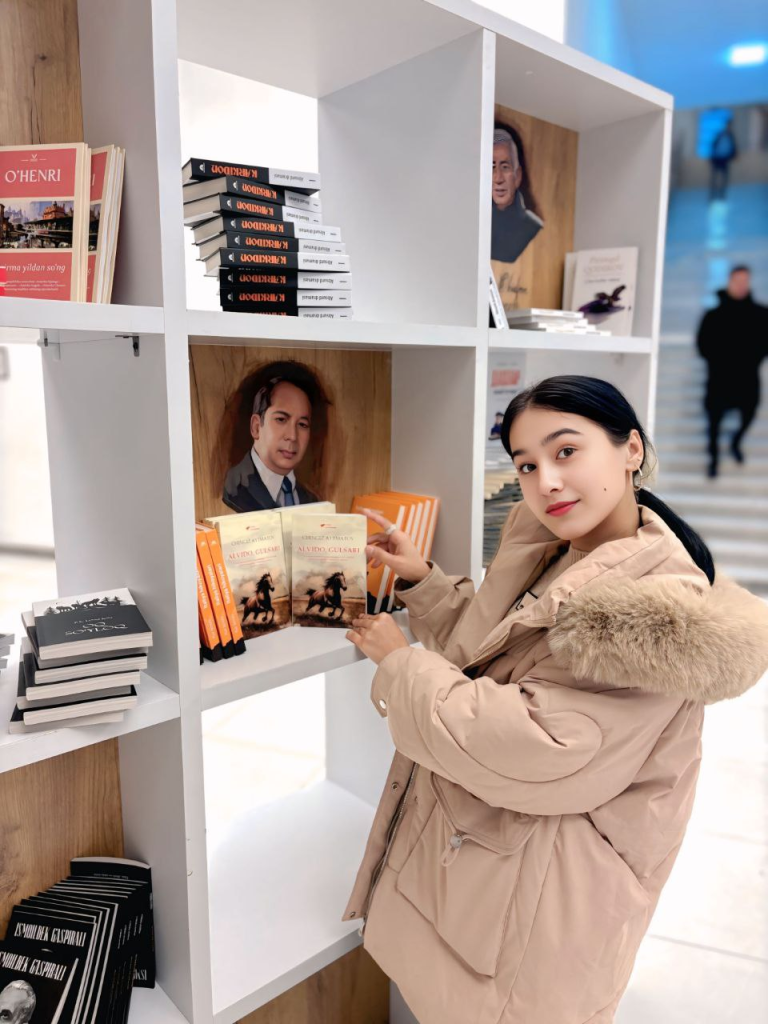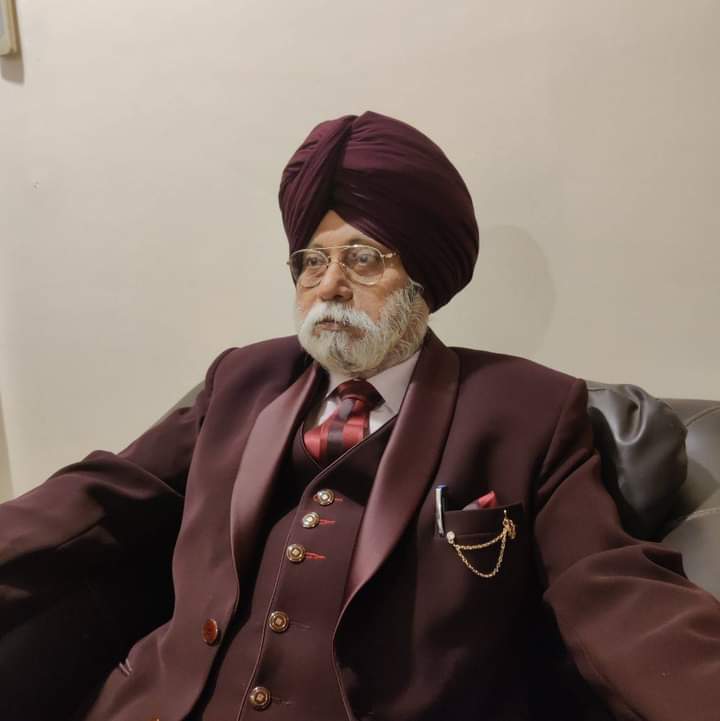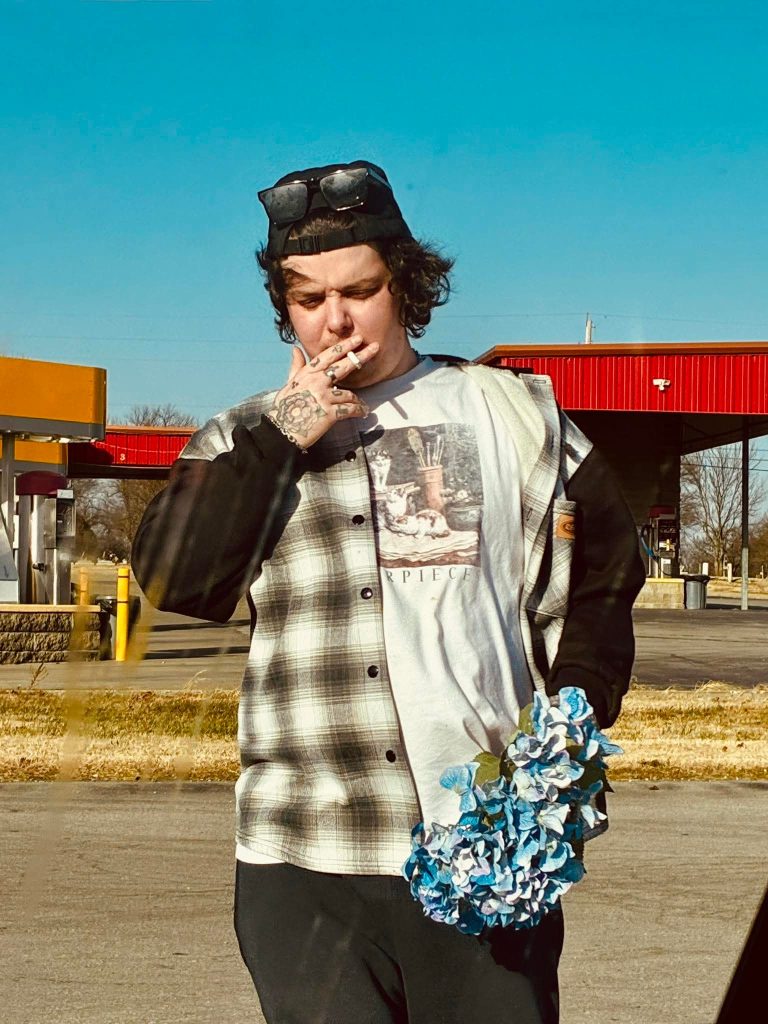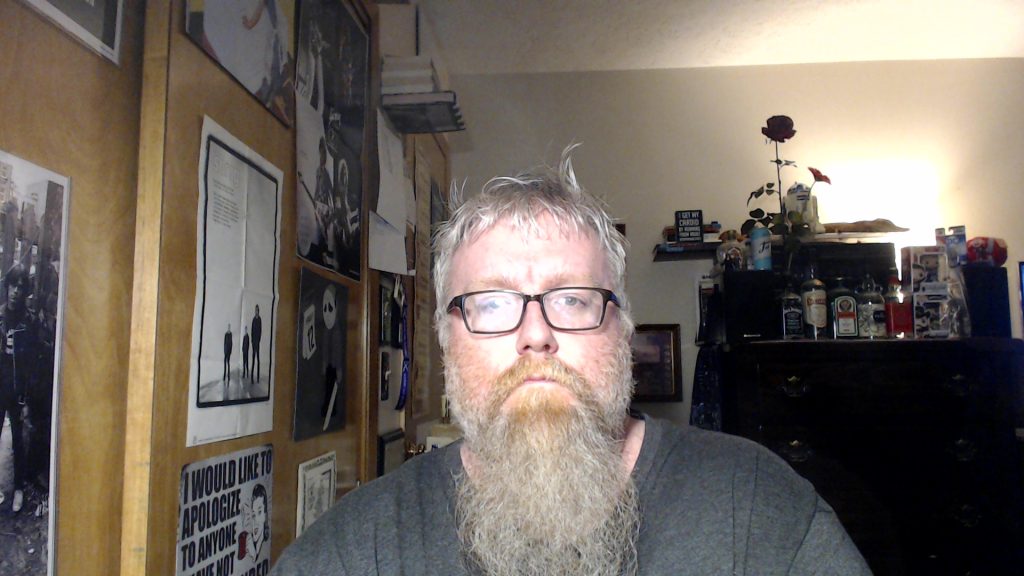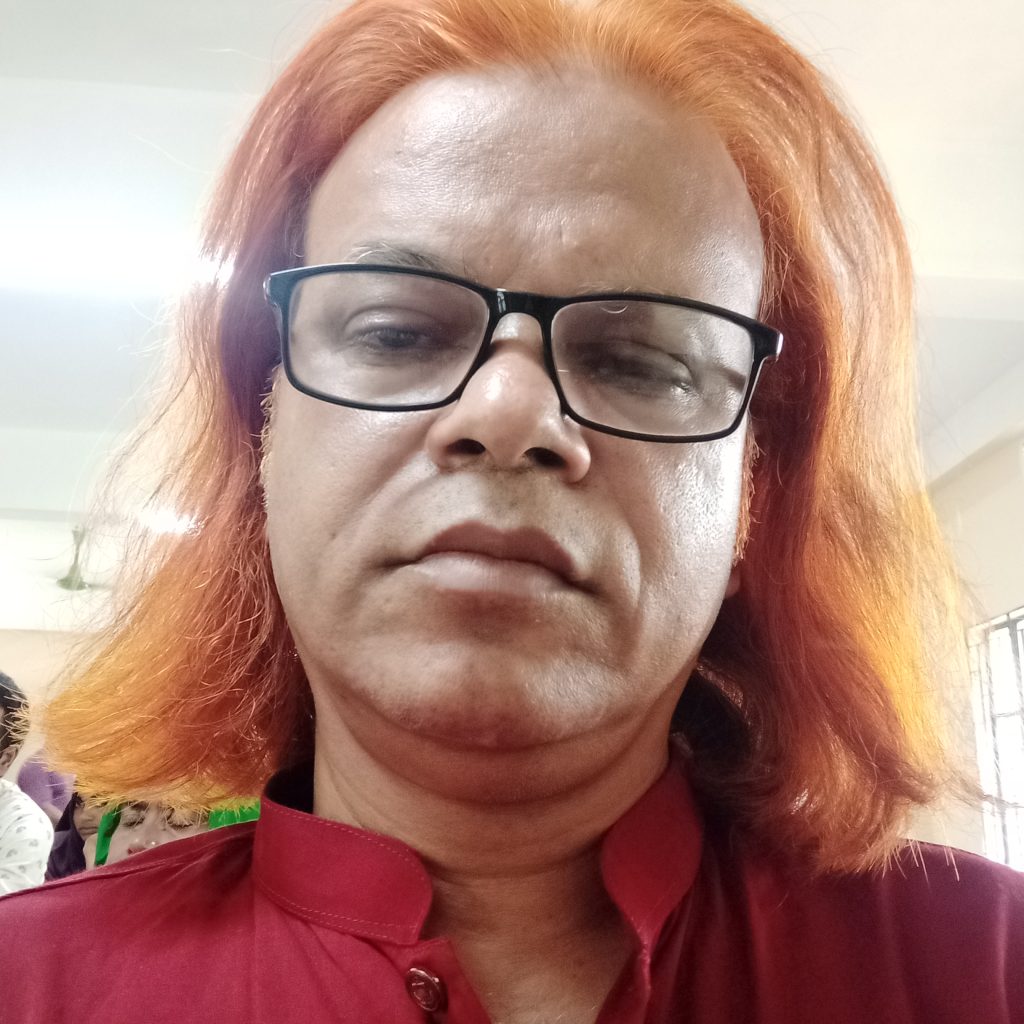
Memorial
Memory does not do much harm without traces
That day, I suddenly found a memory
In the longitudinal section of the rib bone
I was overwhelmed with love and happiness
The tired heart swam in the water of my eyes
Promises were scattered from the soul,
A supernatural promise
The wound wanted to settle
But like many, I am nostalgic myself
So I postponed the amputation.
A memory from the tomb of the river said,
’People who have lost their memory are helpless’
Even blood stirs up a thousand memories
The memories of the world never retire
You will return – I know it is pointless
Still, it is for a dignified life.
One day I went to see the sea
There were countless memories on the beach
I picked up memories from the pebbles
Some memories shouted
’Forgive me, forgive me’
I couldn’t express my tears for you
The ocean’s tears were filled with memories
I didn’t pronounce it clearly with my open chest
Your name that you gave me
The ocean waited for me
I waited for your embrace.
One day the rain touched my past
It wanted to give me freedom
It couldn’t erase all the sorrow
And couldn’t separate me from the sorrow
By the one who taught me to love
Only you can give me a river free from sorrow.
You know, memories are eternal, heavenly
Revived in solitude
I will feel pride in your memory
As long as I live
I too have secret memories
There is the sorrow of losing my soul
Who will pay the price of losing my soul?
Memories mixed with the intoxicating air
Who can afford to ignore it?
I continuously drink the essence of memories
Feelings hanging from a window filled with sadness
I remove the window curtain and see the horizon line
Where the poetic essence merges with the essence of me.
No one questions the wind above my head,
The ground beneath my feet,
The waves of adolescence,
The dreams of youth,
The stars falling in the darkness,
The stopped watch –
How have they kept me?
Don’t you ask – at what price is memory sold,
at what price is time sold?
I haven’t learned to sell memory
I haven’t learned to sell time
I couldn’t bow my head like a slave for a moment.
Now the poetry shops are not crowded
Like the forbidden shops are crowded
Poetry does not glorify the soul
Because you do not recite the exiled poem
Open the window of the soul once
Purify my tears
With breath, purify the soil
Purify our surroundings again
Let’s drink together morning, afternoon, evening
Let’s drink hand in hand the song of time
Let’s release the anxious stars
Let’s embrace the earth deeply.

